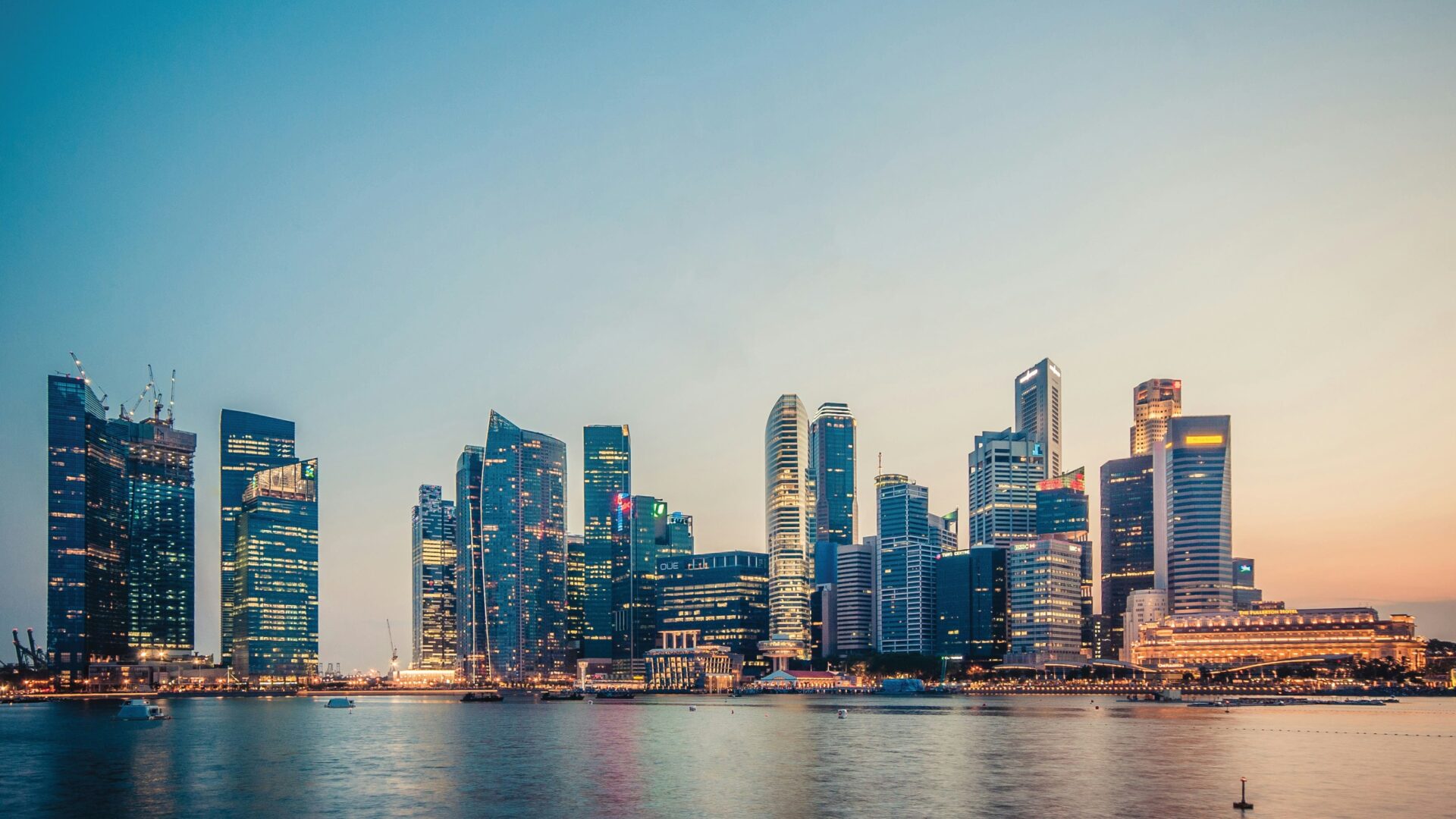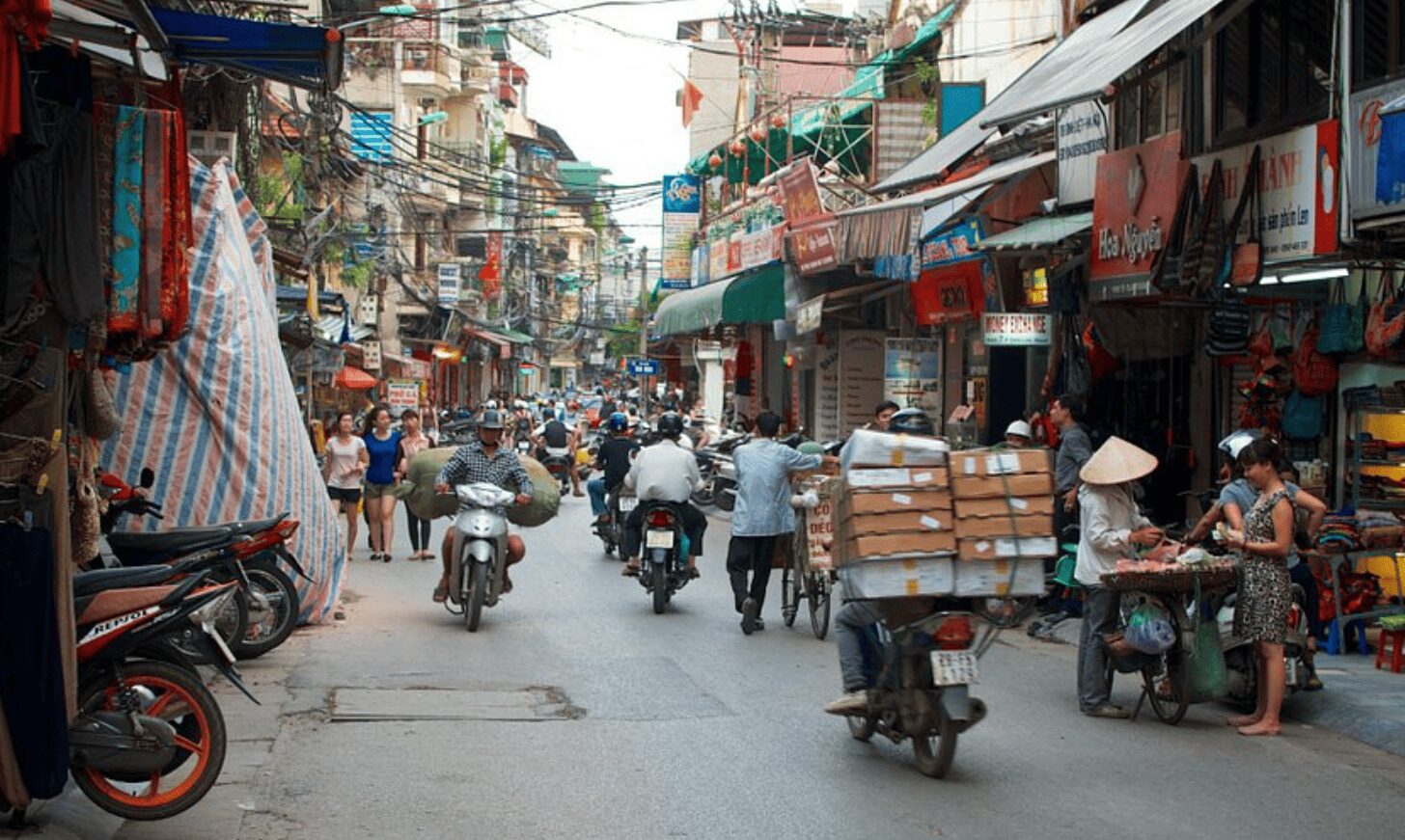Dynamic Southeast Asia: Keys to Economic Growth and Future Prospects

Southeast Asia is drawing international attention for its rapid economic growth and sustainability. The nations in this region are overcoming diverse challenges and collectively paving new paths for growth. This article delves deeply into the background, current status, and future prospects of Southeast Asia’s economic development.
目次
1. Current Status and Background of Southeast Asia’s Economic Growth
The economy of Southeast Asia has been experiencing significant growth recently. Particularly, Vietnam, Indonesia, and the Philippines have high growth rates and are internationally recognized for their development. For instance, over the past decade, Vietnam has recorded an average GDP growth rate of over 6%, largely driven by the influx of foreign direct investment. Major multinational companies have chosen Vietnam as a hub for manufacturing, especially in electronics, automotive parts, and textiles. Samsung has established a massive factory in northern Vietnam, accounting for a substantial portion of the GDP.
The region’s economic growth is not only driven by foreign company expansions but also by the expansion of domestic demand and the growth of the middle class. In Indonesia and the Philippines, domestic consumption has become a significant force driving economic growth. Additionally, government infrastructure investment policies are supporting economic development, with major projects underway in transportation, energy, and communications.
2. The Role of ASEAN Countries and Regional Economic Integration
ASEAN (Association of Southeast Asian Nations) aims to deepen regional economic integration. Since the establishment of the ASEAN Economic Community (AEC) in 2015, there has been progress in the free flow of goods, services, investments, and labor. This integration is expanding markets for all member countries, including smaller economies, and enhancing roles such as Singapore strengthening its position as a financial center, while Malaysia and Indonesia are key production bases.
Regional economic integration has increased trade and facilitated investment liberalization and legal harmonization, enhancing business transparency and predictability. It is also expected to reduce economic disparities within ASEAN and promote more equitable economic growth. For example, economically lagging countries like Cambodia and Myanmar are accelerating their development through cooperation with other nations.
3. Digital Transformation and Innovation
The advancement of digital technology is also bringing significant changes to Southeast Asia. The spread of the internet and mobile technology innovations are enabling new business models. Startups like PayMongo in the Philippines and Gojek in Indonesia are offering new dynamics to the regional economy through fintech and on-demand services. These companies are transforming traditional market structures and making financial services and markets more accessible to a broader population.
Digital innovation is impacting small and medium-sized enterprises in the region, reducing barriers to entering international markets. For example, by using e-commerce platforms, small manufacturers and farmers can now offer their products across Asia and globally. Digitalization is expanding the geographical boundaries of economic activities, creating new growth opportunities.
4. Sustainable Development and Environmental Challenges
Economic growth in Southeast Asia must balance environmental conservation. Thailand, for example, is advancing solar power adoption, diversifying the country’s energy mix, and reducing carbon emissions. Singapore’s “Green Plan 2030” aims for sustainable urban development, promoting eco-friendly innovations in transportation, construction, and energy.
Addressing environmental issues not only protects the environment but also contributes to economic sustainability. For instance, introducing ecotourism has enabled communities around nature reserves to earn tourism revenues, promoting economic independence. Sustainable practices in fishing and agriculture can prevent resource depletion while stabilizing food supply.
5. Future Prospects and Economic Challenges
Southeast Asia’s economy faces geopolitical risks, environmental issues, and social challenges such as aging populations. Addressing these challenges requires economic diversification and technological innovation. Moving forward, ASEAN countries need to improve education and training to enhance workforce quality. As urbanization progresses, proper social infrastructure development will be essential, including improved public transportation, sustainable urban planning, and expanded health and welfare services.
Policy coordination and strengthened cooperation across the region are key to overcoming these challenges and achieving sustainable growth. Specifically, policies should be developed and implemented according to the unique needs of the region, balancing environmental conservation with economic development. This approach will help Southeast Asia move towards a fairer and more sustainable future.
(Photo by Unsplash.com)


